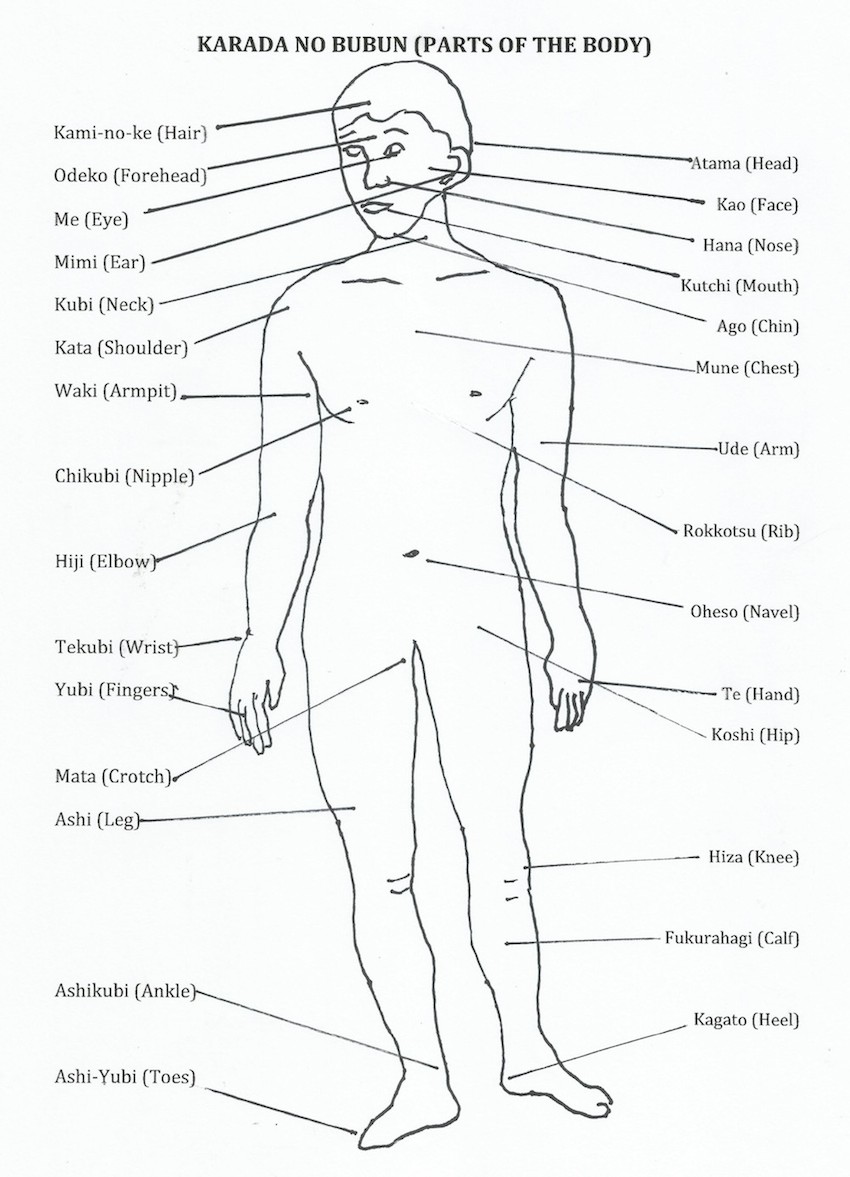Fighting Stance
The fighting stance is a position to stand where you have your guard up to protect your face. You should also have one foot in front of the other, so you are nearly stood sideways on to your opponent, giving them the smallest area to hit as possible.
Gi
The clothing worn by many martial artists, loose fitting to aid in varied body movements. A Judo and Brazilian Jiu-Jitsu gi is usually much thicker than a Karate gi to stop rips when grappling.
Gracie Family
The Gracie family, originally from Scotland, were taught Jujitsu/Judo from a grand master. They then worked on the techniques modifying them where necessary to make them more effective for smaller people.
Grappling
To fight an opponent but with no punching or kicking, much like a Judo match, but the ground-fighting may continue for longer than compared to a Judo match.
Guard
If told to 'keep your guard up', this means that you should raise your hands to protect your face from any possible punches or kicks. The guard is also the name for a common position used in Brazilian Jiu-Jitsu where you are on your back, but have your opponent secured between your legs.
Jim's 25 Traditional Japanese Jiu-Jitsu Throws. The art that came to be known as jujutsu originated in the sixteenth century in Japan as a fusion of battlefield techniques used in situations where weapons were ineffective or unavailable. Although the Chinese and Okinawan martial arts focused largely on striking, the development of jujutsu tended strongly to grappling, throwing, and joint locks.
Jujitsu
The father of all Japanese martial arts as used by the Samurai, utilising punches, kicks, joint-locks, pressure points, throws, ground-fighting, along with a variety of weapons.
Kimono
See Gi, the more commonly used word.

Obi

The traditional Japanese term for a belt worn with a gi.

Rashguard
A tight fitting top worn whilst grappling, meaning that your opponent doesn't have anything to grab hold of to control your movements.
Sensei
The traditional Japenese name for an instructor.
Stance

See fighting stance.
Strike
Japanese Jiu Jitsu Techniques Youtube
A punch or kick.
Submission

When grappling with an opponent, it is usually the aim to make them submit by a technique which they cannot escape from, such as a choke or arm-bar. Your opponent should tap out to indicate they wish to submit.
Japanese Jiu Jitsu Techniques
Submission Wrestling
Much like grappling, but usually without wearing a Gi, normally just shorts and possibly a t-shirt or rashguard.
Japanese Jiu Jitsu Techniques Names
Tap Out
Traditional Japanese Jiu-jitsu Techniques
If you are caught in a technique that you cannot escape from, and that would result in (more) pain if they continues to apply it, you should tap your opponent to indicate you which the match to end. If you are unable to tap your opponent, you should tap the floor, with your hands or even your feet. If that's not possible, simply shouting submit can be used.